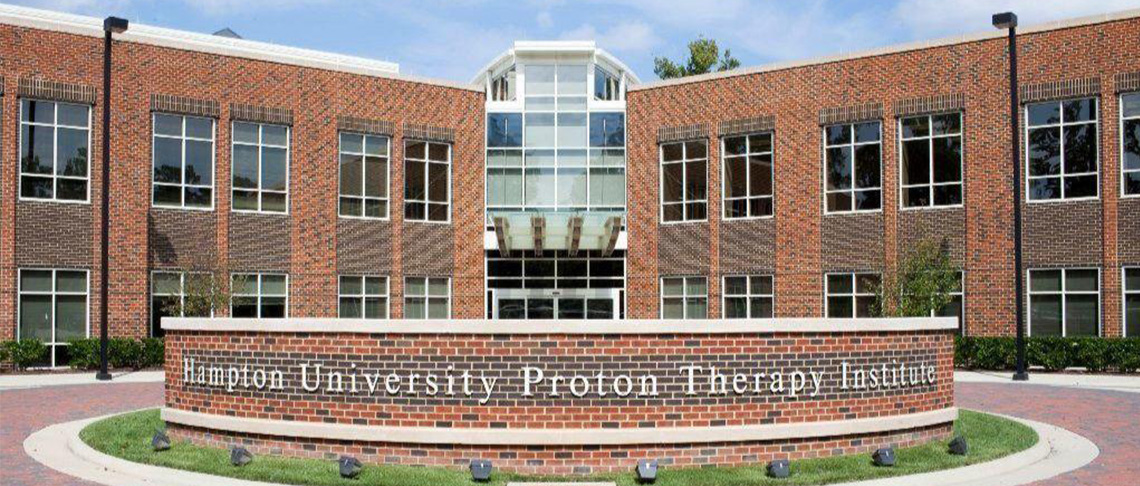Though proton therapy may seem relatively new, the idea of utilizing energetic protons as a treatment for cancer was first published by scientist Robert R. Wilson in 1946. Early treatments were performed at nuclear physics facilities, such as the Harvard Cyclotron Laboratory, and eventually gave way to the first hospital-based proton therapy center in 1990. Since then, almost a dozen of these proton cancer treatment centers have been established in the United States. Hampton University Proton Therapy Institute (HUPTI) was the eighth center to rise to prominence, and has evolved to become the largest facility of its kind in the world.
Based on its exacting treatment focus, proton radiation has continued to be used as an effective treatment for cancer. With the ability to target tumors with greater precision, proton therapy allows physicians to treat cancerous areas more aggressively with less risk to healthy tissue and organs. Because of this, patients often experience limited side effects and complications. Proton therapy is most popularly used in the treatment of head and neck, brain, and prostate cancer, but growing results from its application for other cancer types, including breast, lung, GI and more, have continued to prove positive
Today, over 100,000 people worldwide have received proton therapy, a number that is anticipated to grow larger and faster as new proton therapy centers continue to open their doors within the next several years. As one of the first proton therapy centers, HUPTI remains a stalwart of this evolving and innovative treatment type. Paired with our dedication to research and patient comfort and recovery, we strive to remain at the forefront of both cancer and patient care.


